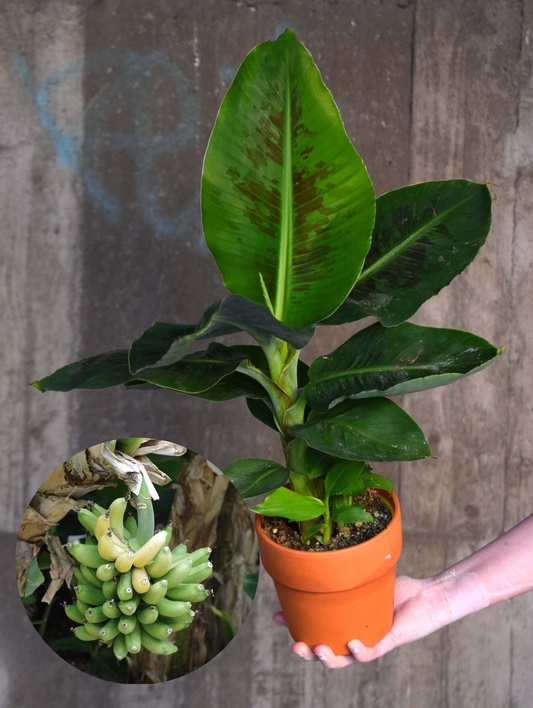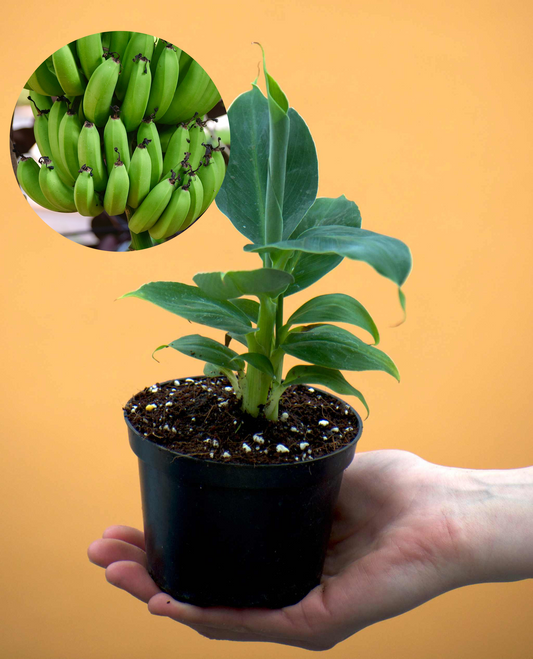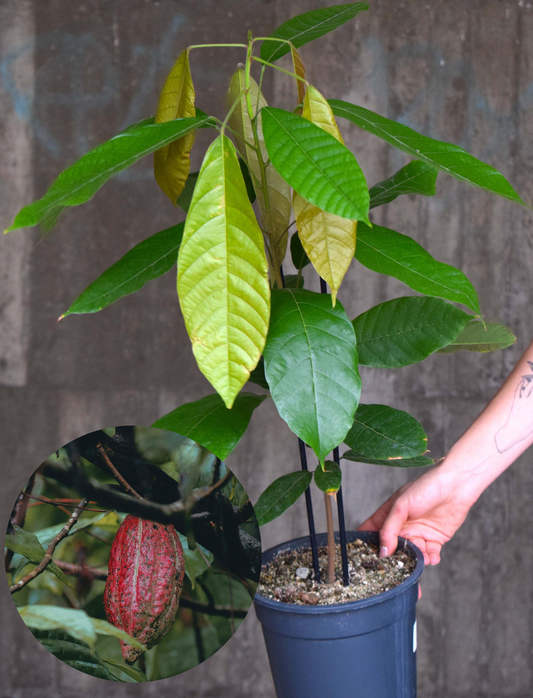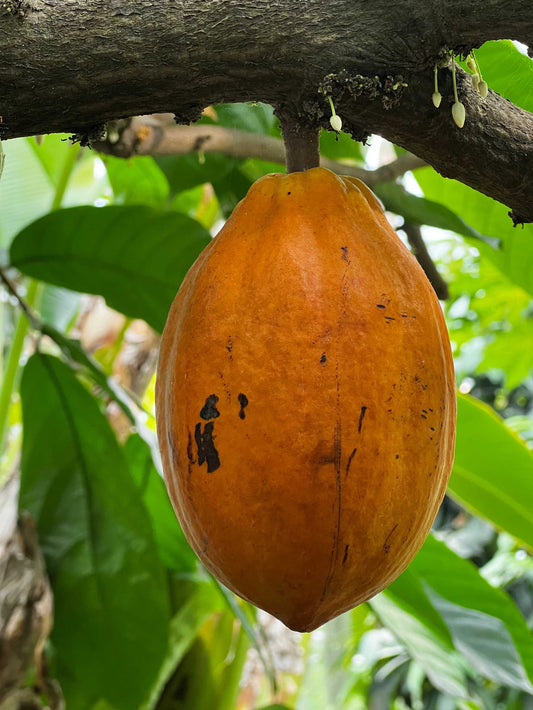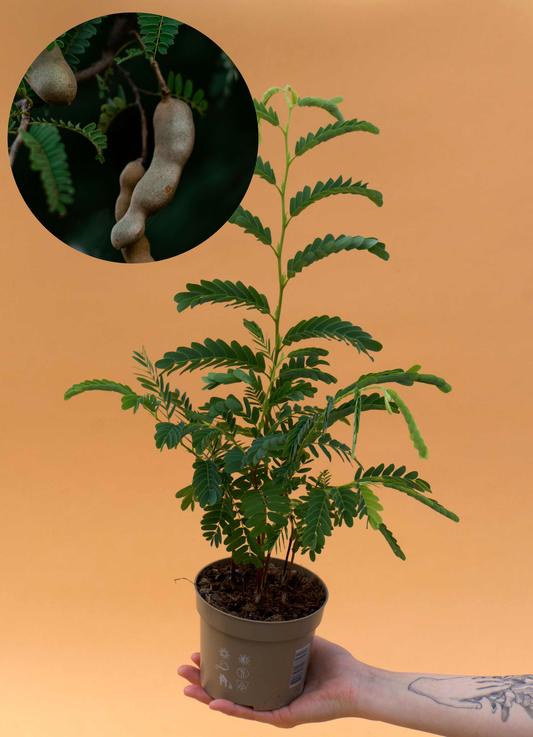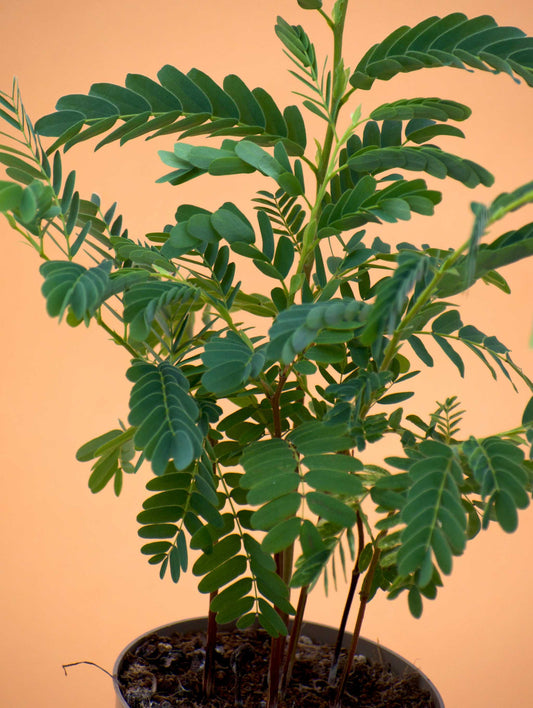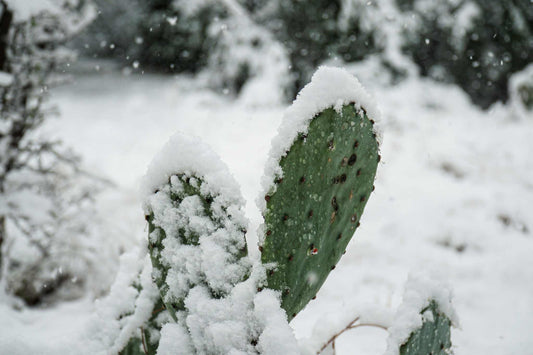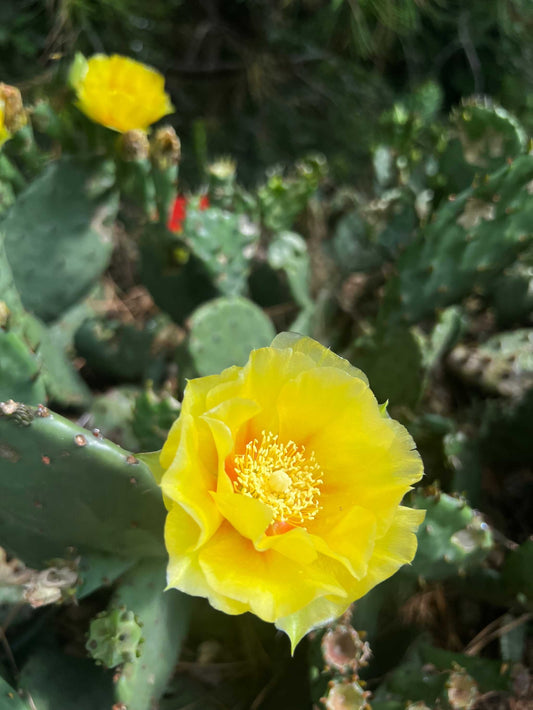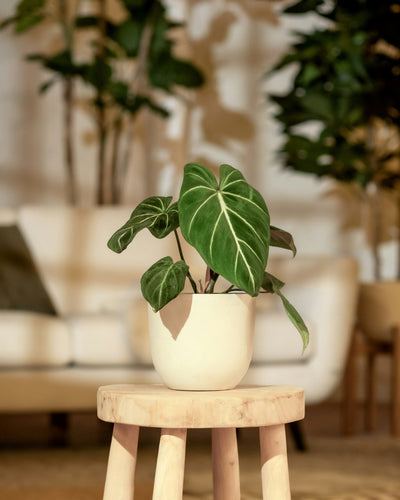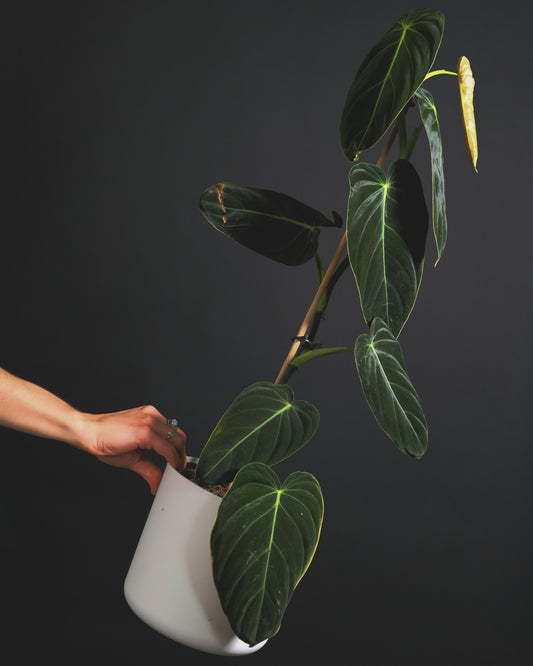Share
Parrot flower – care and tips
It is also known for its beautiful flowers in bright orange and blue that resemble the head of an exotic bird. In the right environment, it can bloom for many years!
From South Africa to our living rooms
The parrot flower originates from South Africa, where it grows in sunny and well-drained places. There it becomes a perennial that can bloom almost all year round. In Sweden it is mainly grown indoors, but it also does well outdoors during the summer.

The parrot flower is related to banana plants, which is evident from the large, oblong leaves that can sometimes resemble a small banana plant.
Parrot flower vs. giant parrot flower
The most common species in the trade is Strelitzia reginae . It usually stays at a height of 1–1.5 meters and can bloom profusely even in a pot. The flowers come from strong green stems and last a long time, often several weeks.

The giant parrot flower , Strelitzia nicolai , is more impressive in size than in bloom. It can grow several meters tall and almost resembles a tree indoors with its large, banana-like leaves. The flowers are white and blue, which is why it is sometimes called the white parrot flower . When grown indoors, it blooms less frequently, but it is still popular for its tropical and grandiose feel.

Less common varieties are also available in the trade, such as dwarf forms of S. reginae or hybrids that may have slightly more compact leaves and be easier to place among common houseplants .
Parrot flower care – how to succeed
A parrot flower needs a lot of light to thrive. It can handle direct sun, and the more light it gets, the greater the chance of flowering. During the winter, a cooler location (10–15 °C) can help trigger next year's flowering.
-
Watering: Keep the soil evenly moist during the growing season, but let it dry out slightly between waterings. Reduce watering in winter.
-
Soil: Use a nutrient-rich, well-drained soil mixture. You can mix potting soil with a little sand or perlite to avoid the roots being wet. We usually use peat-free potting soil.
-
Nutrition: Provide liquid plant nutrition every two weeks during spring and summer.
-
Location: Bright and sunny, preferably in a south-facing window.
If the leaves start to turn yellow, it could be due to overwatering, nutrient deficiency or the plant needs more light. Remove damaged leaves to make room for new shoots to develop.
Replant and divide
The parrot flower grows from a rootstock that develops several shoots over time. When the plant has grown large, you can divide it when replanting. This is best done in the spring, and each part should have both leaves and roots. Be prepared that a newly planted part may take a couple of years before it flowers.
When repotting, it is important to choose a sturdy pot, especially for the giant parrot flower which can become heavy and tall. Always plant in good soil and ensure good drainage.
Place the Parrot Flower outdoors!
During the summer, the parrot flower can be moved outside. Then place it in a sunny position, but let it get used to it gradually to avoid burning the leaves. For example, place the plant in the shade of a tree at first. It appreciates warmth and fresh air, but must be brought inside before the temperature drops below 10 °C.

Problems and solutions
-
Yellow leaves: Check watering and light.
-
No flowering: The plant may need more light or a cool winter rest.
-
Narrow pot: Larger specimens may need repotting every two to three years.
An easy-care classic
Given the right conditions, the parrot flower is one of the easiest houseplants to care for among the larger species. It can be both a large plant indoors and a decorative splash of color outdoors during the summer. Whether you choose the regular parrot flower, the magnificent giant variety or the elegant white one, it is a plant that attracts attention and gives your home a tropical feel all year round.


